

Curated experiences in Avignon
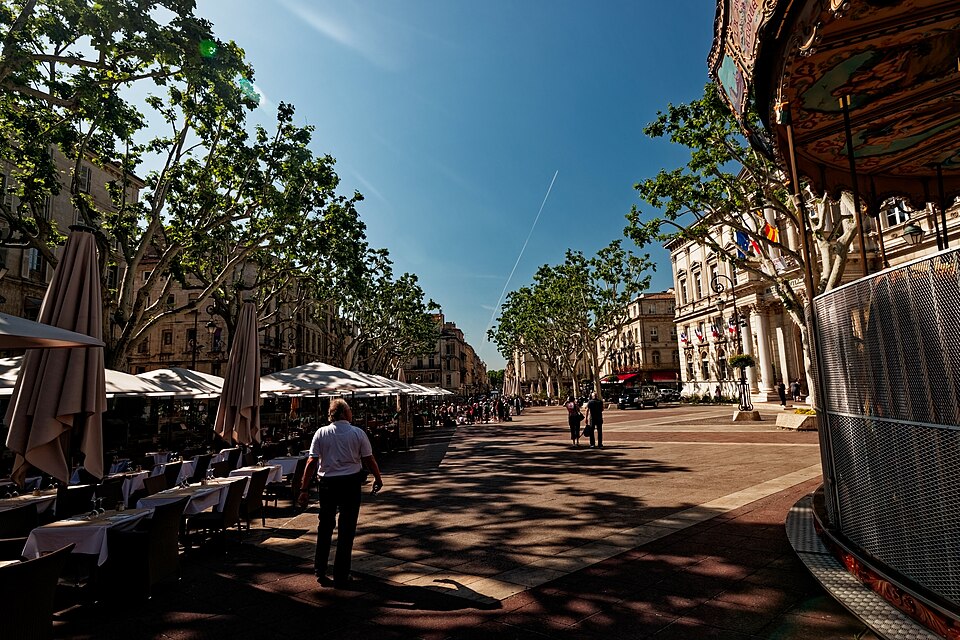
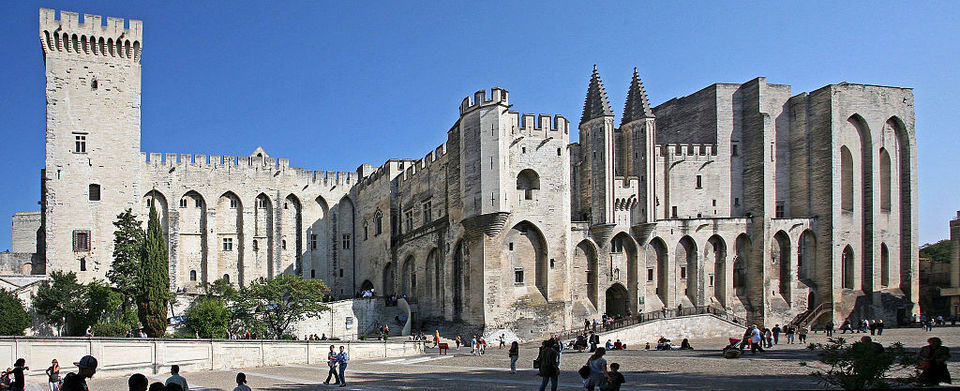
The Palais des Papes (English: Palace of the Popes; lo Palais dei Papas in Occitan) in Avignon, Southern France, is …
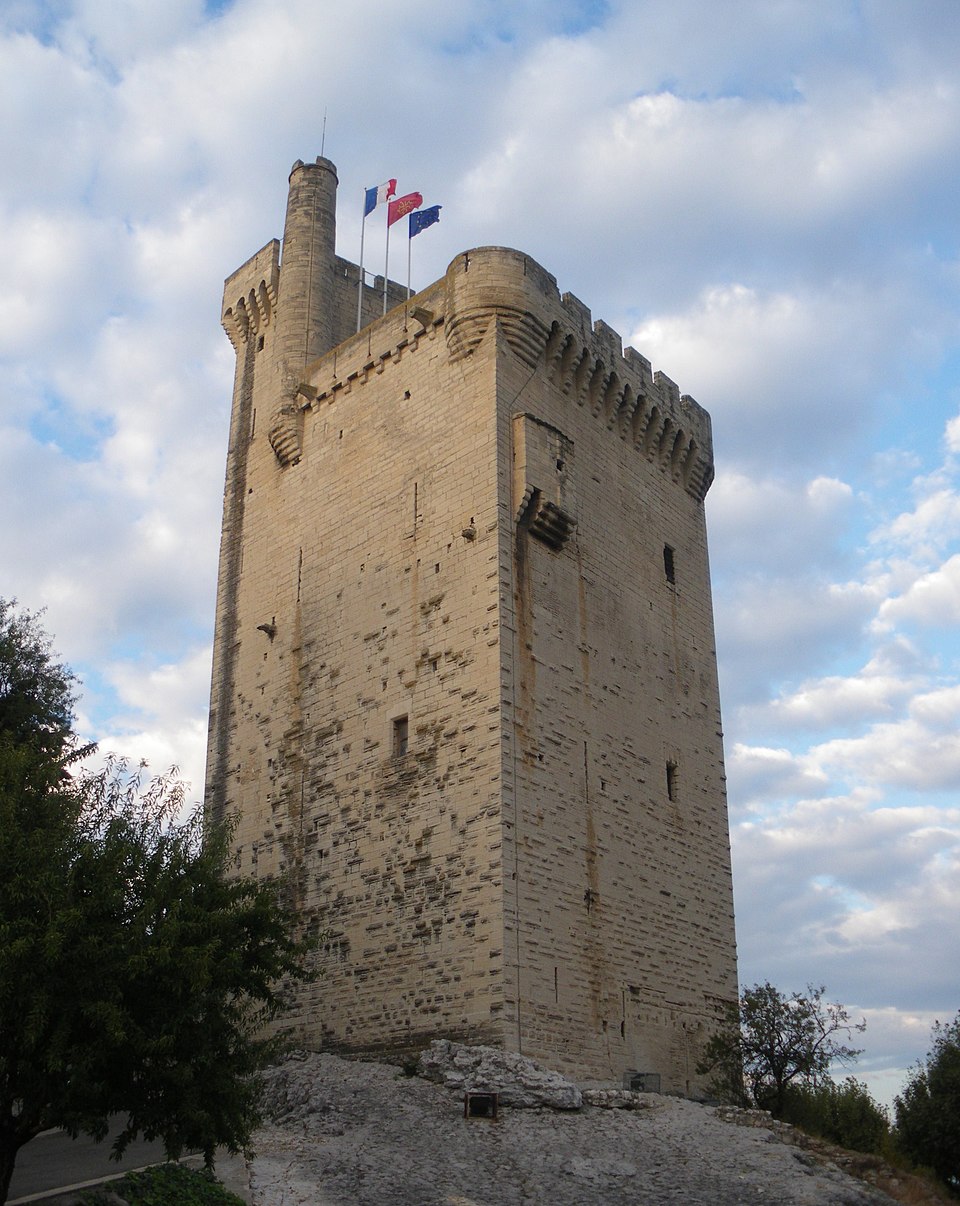
Tour Philippe-le-Bel (English: Tower of Philip the Fair) is a medieval tower in Villeneuve-lès-Avignon which marked the French terminus of …
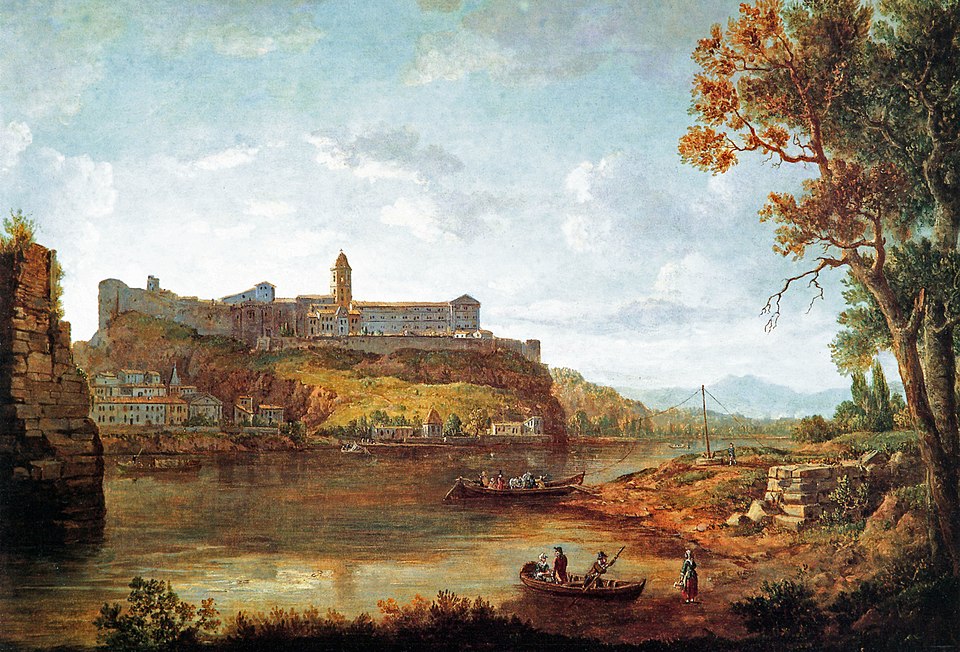
Saint-André Abbey (abbaye Saint-André) was a Benedictine abbey in Villeneuve-lès-Avignon at the top of Mont-Andaon.
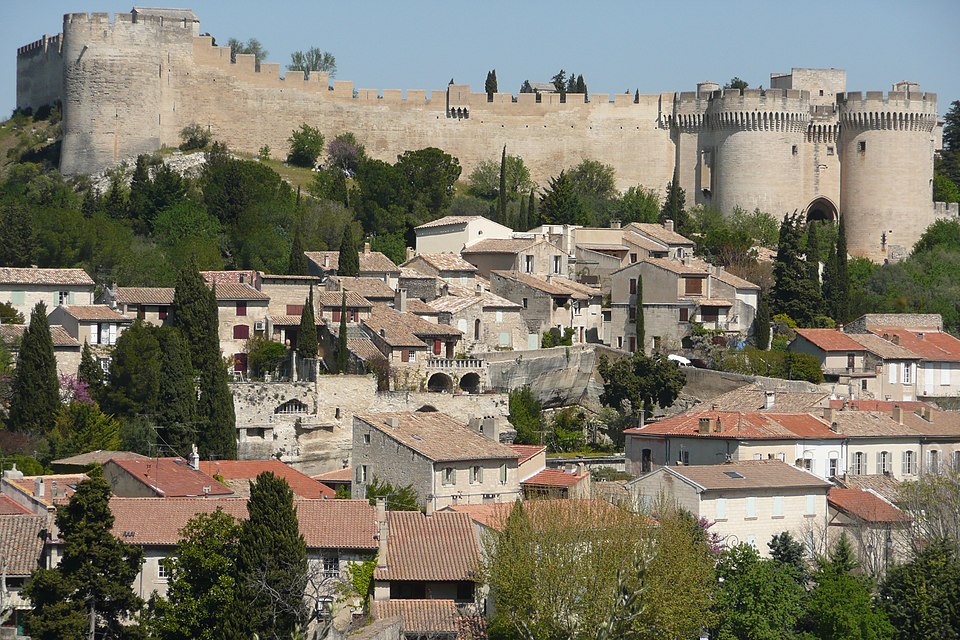
The Fort Saint-André is a medieval fortress in the commune of Villeneuve-lès-Avignon in the Gard département of France, dating from …
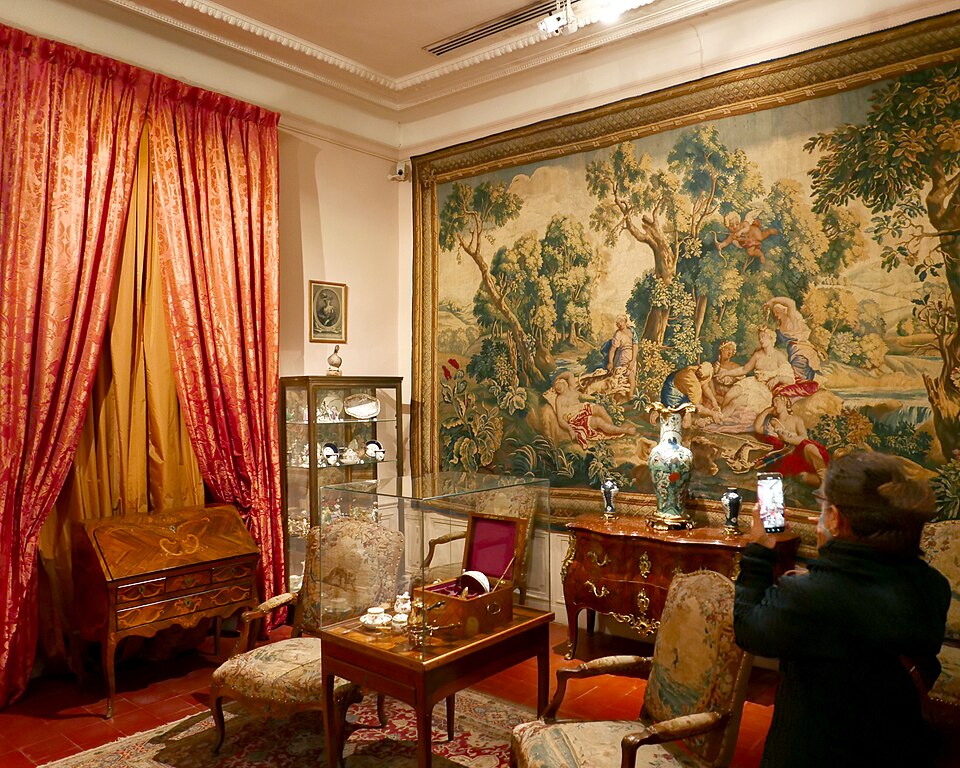
The Louis Vouland Museum (musée Louis Vouland) is a 17th and 18th century decorative arts museum in Avignon, housed in …
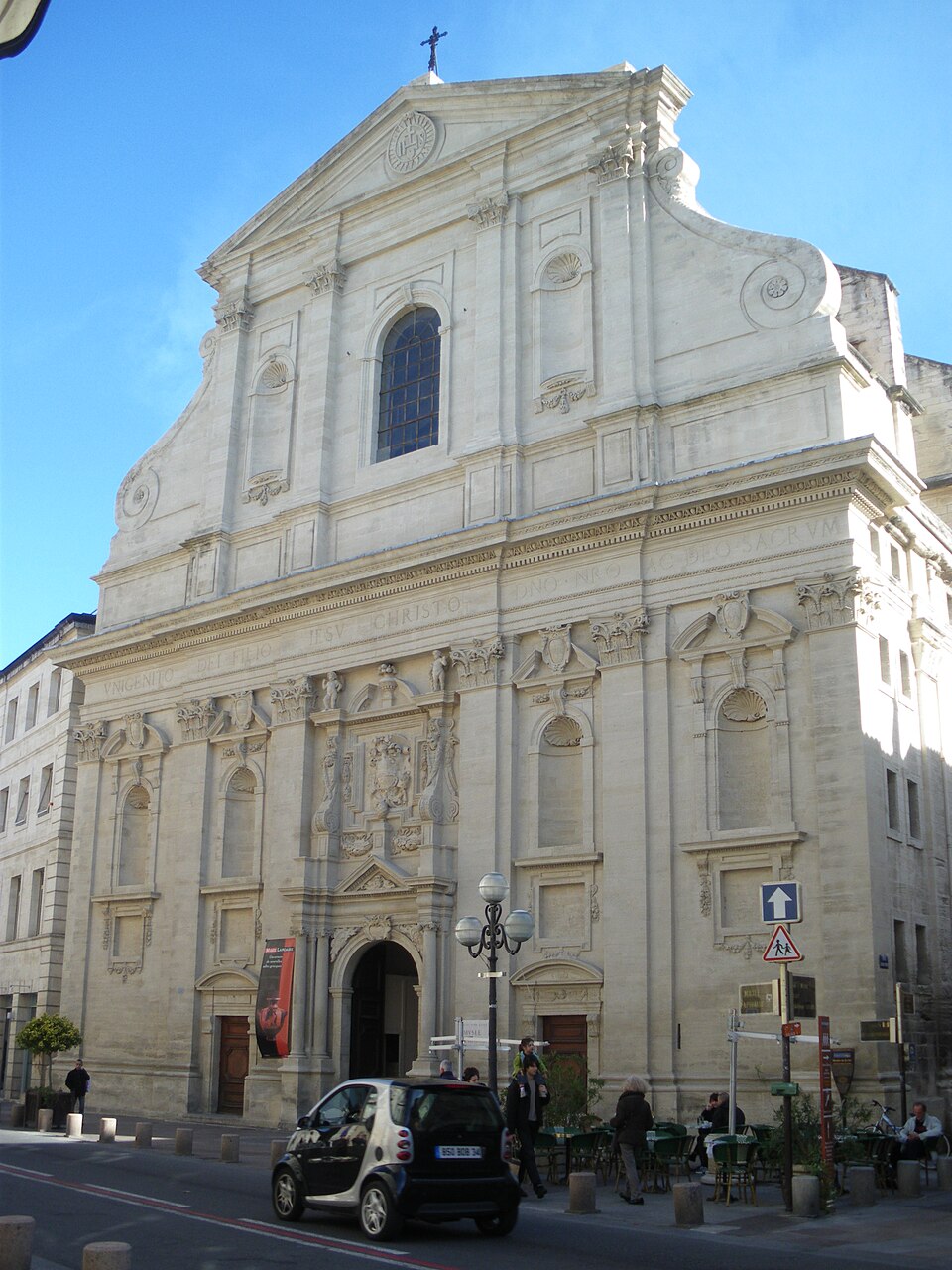
The Lapidary Museum is a lapidarium-museum in Avignon, France. It has housed the classical Greek, Etruscan, Roman and Gallo-Roman sculptures …


The Pont Saint-Bénézet (French pronunciation: [pɔ̃ sɛ̃ benezɛ]; Provençal: Pònt de Sant Beneset), also known as the Pont d'Avignon (IPA: …

The Calvet Museum (French: musée Calvet, pronounced [myze kalvɛ]) is the main museum in Avignon. Since the 1980s the collection …
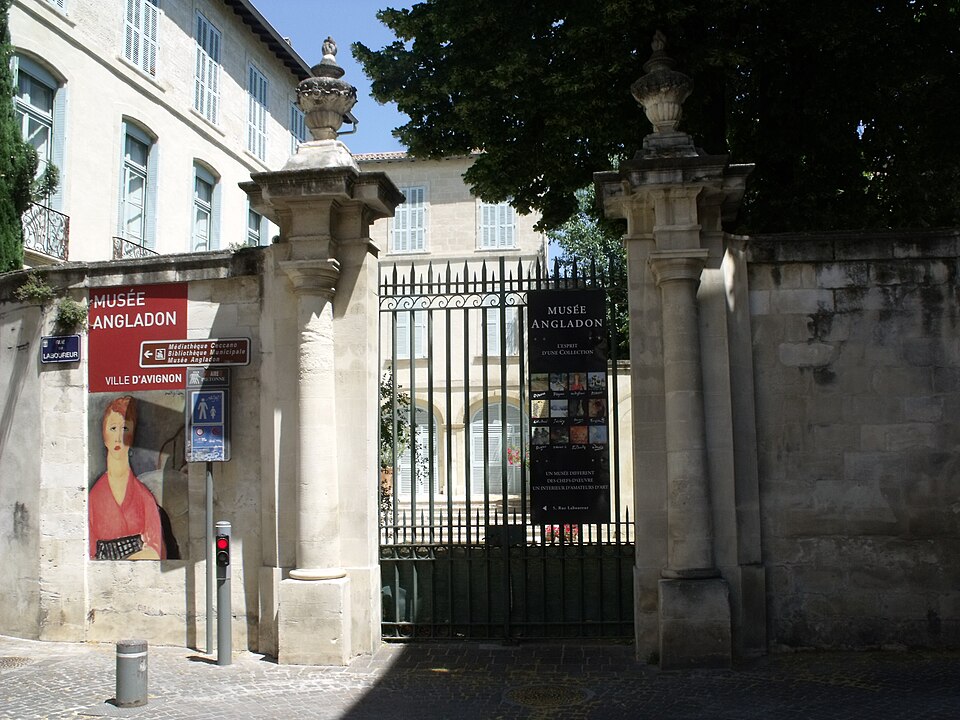
The Angladon Museum - Jacques Doucet (French - Musée Angladon - Collection Jacques Doucet) is a museum at 5 rue …
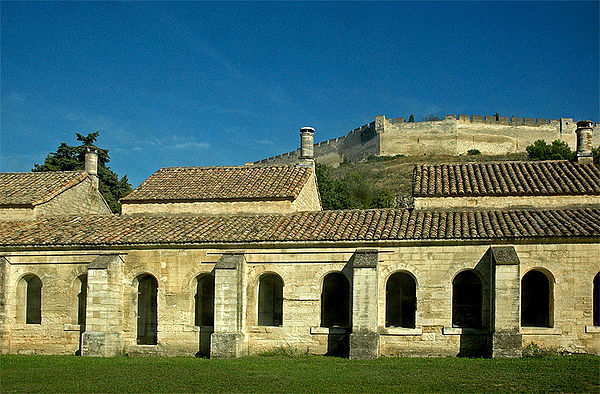
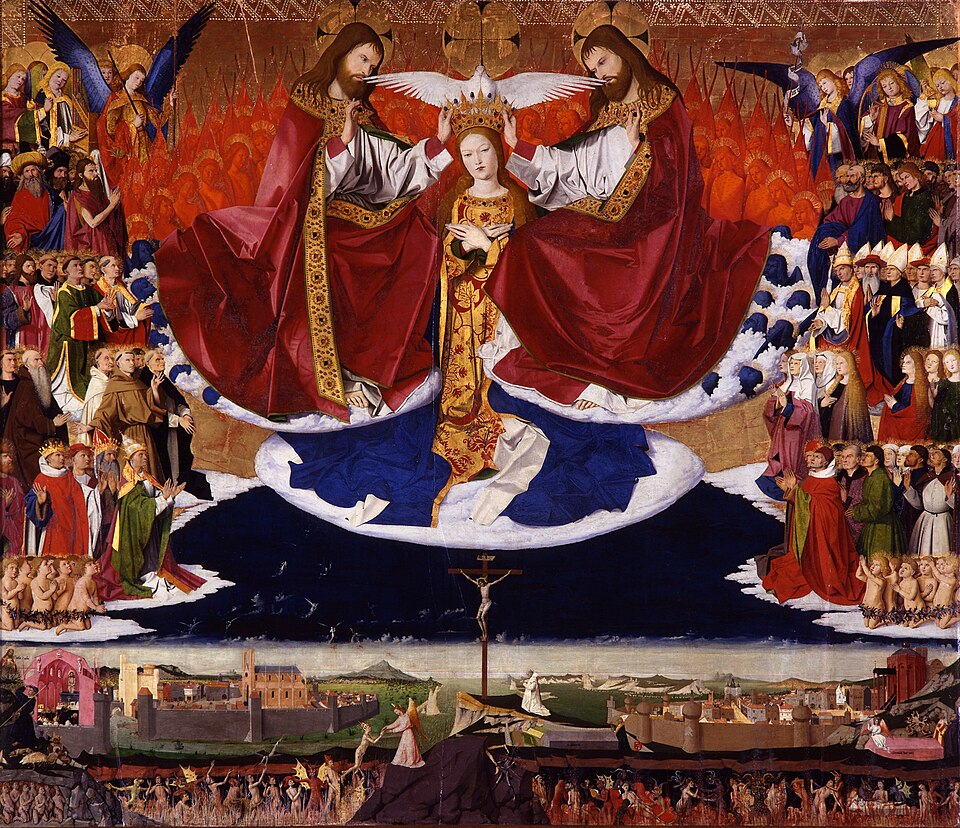
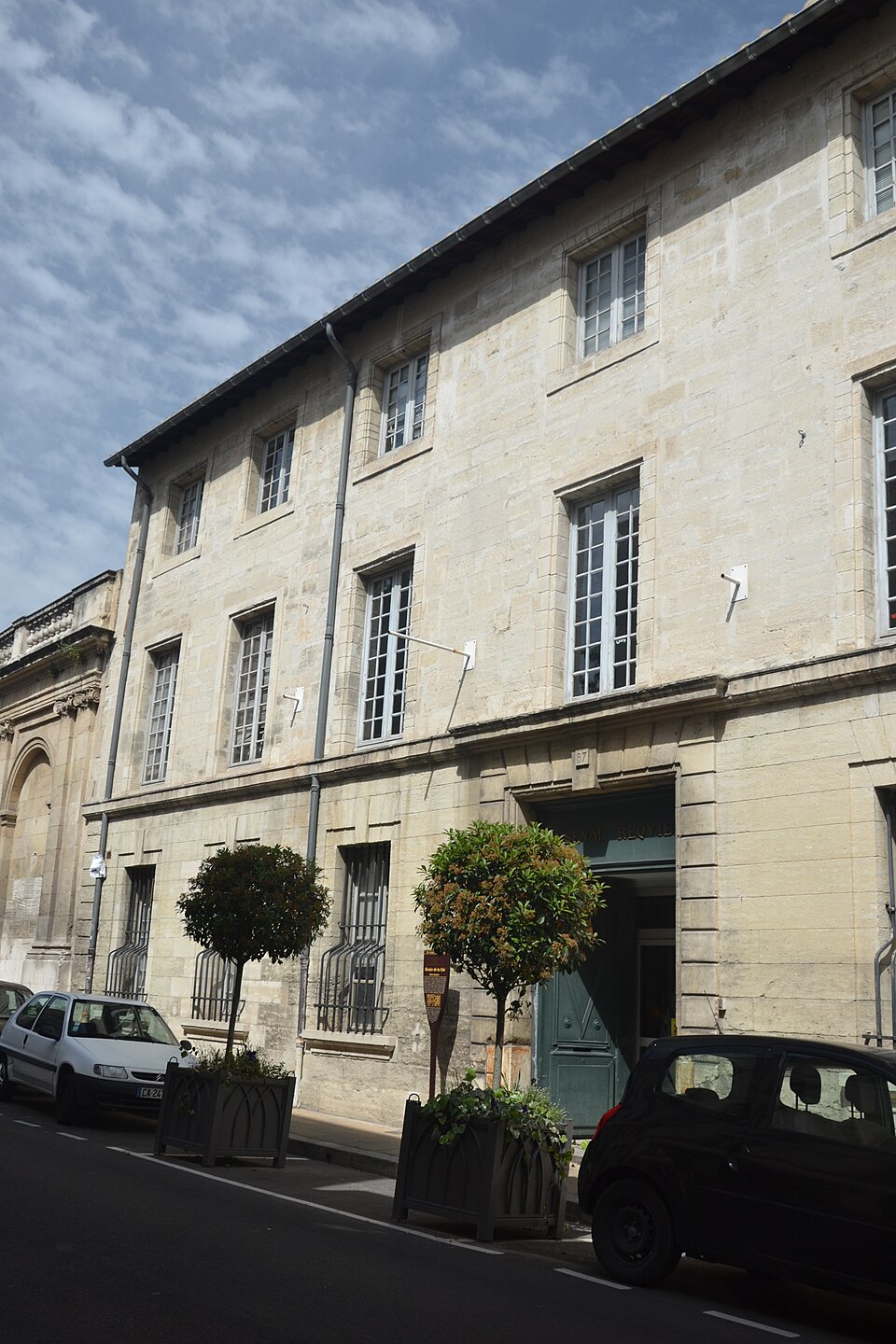
Museum Requien (and not Musée Requien) is a natural history museum in Avignon, France. Some of Jean Henri Fabre's work …

The Musée du Petit Palais is a museum and art gallery in Avignon, southern France. It opened in 1976 and …
Create a personalized itinerary and unlock the finest experiences Avignon has to offer
Plan Your Trip